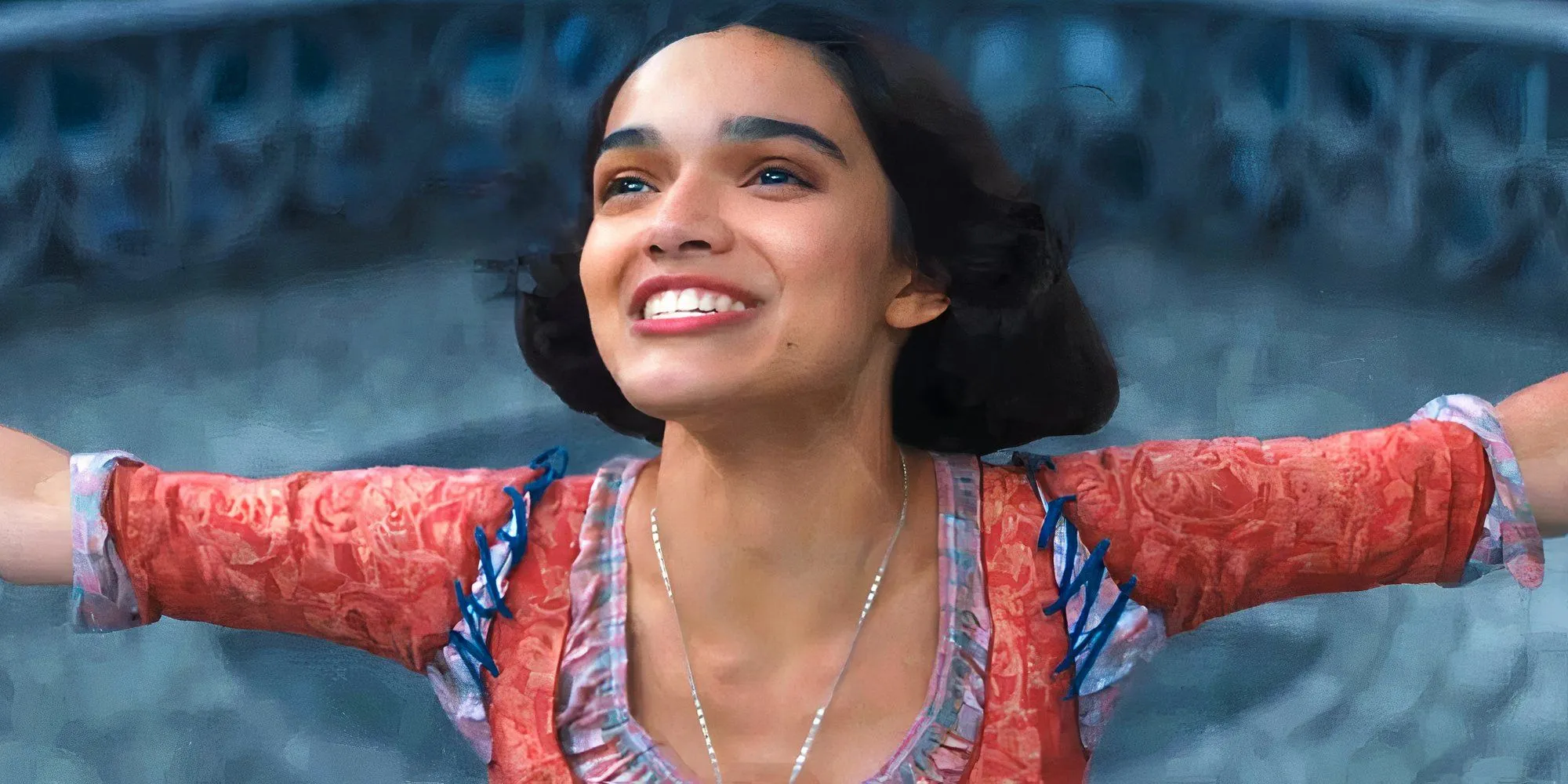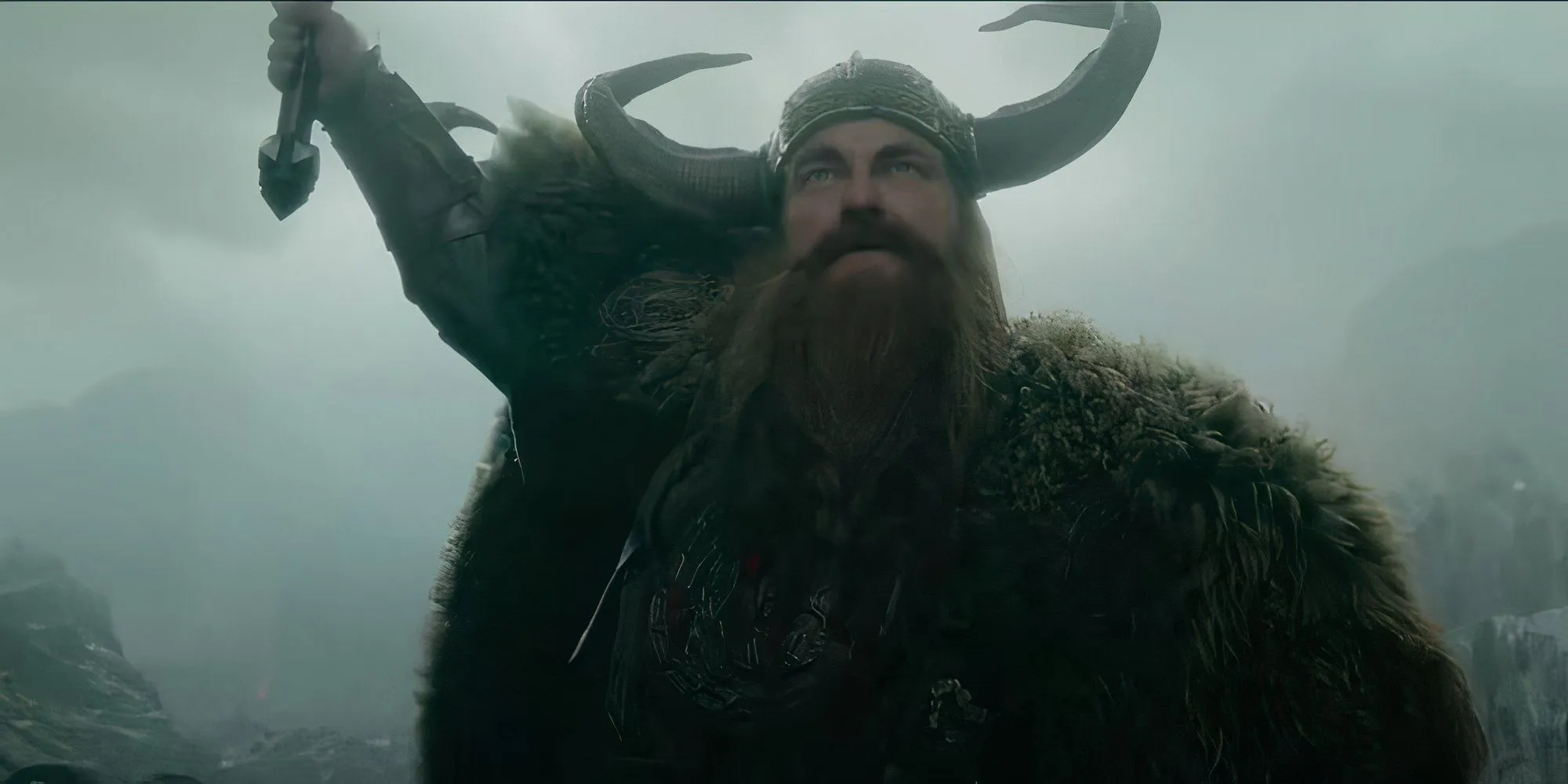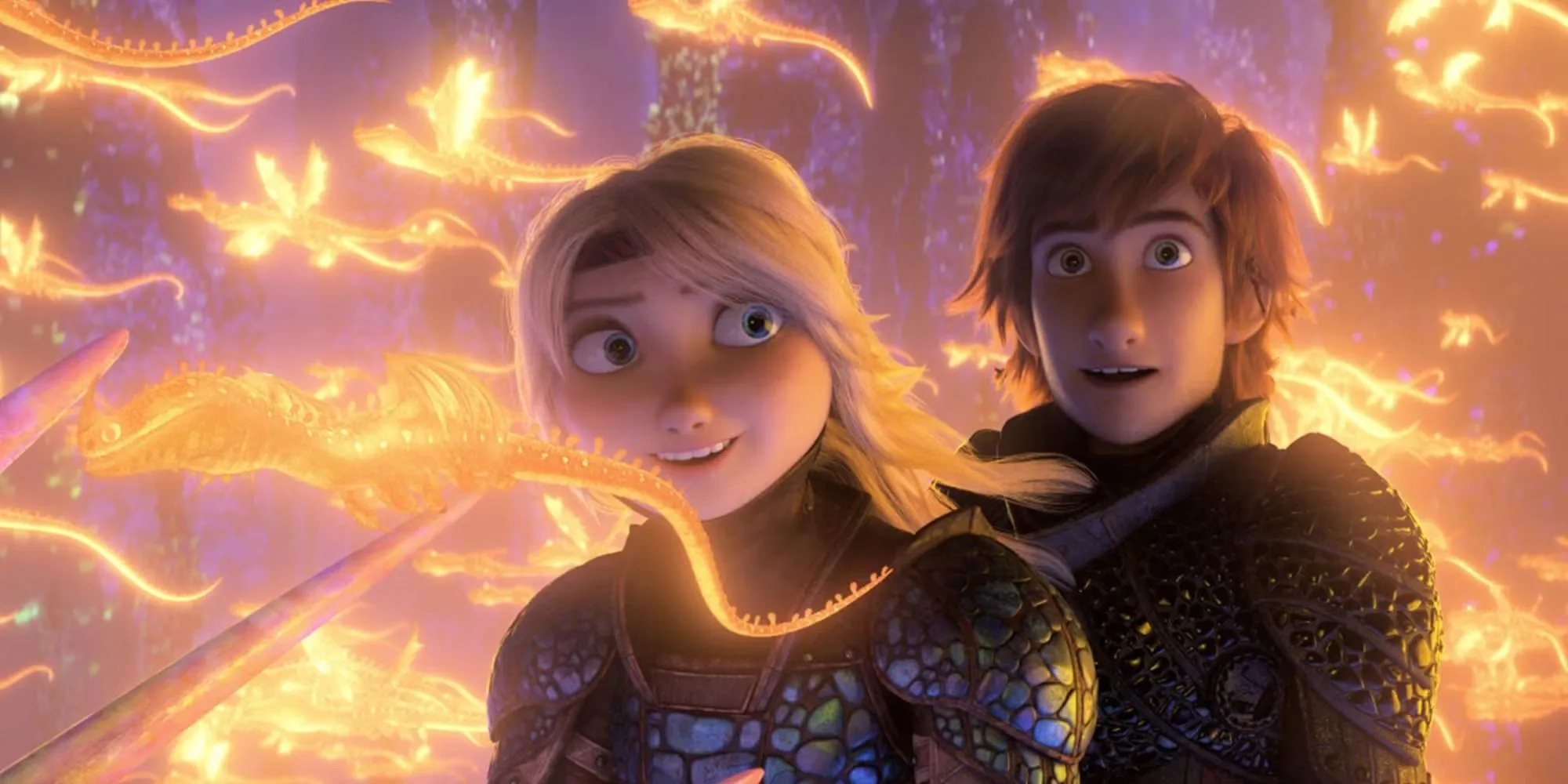Overview
- The upcoming live-action adaptation of How To Train Your Dragon seems aimed at replicating Disney’s lucrative strategy but may lack genuine innovation.
- DreamWorks risks stifling creativity within animation by choosing reboots over new narratives.
- Fans are encouraged to forgo the 2025 release in order to promote the development of original animated projects.
Released in 2010, How To Train Your Dragon stands as a cherished classic in modern animation. As anticipation builds for the upcoming live-action iteration, it marks DreamWorks’ inaugural effort to reimagine a beloved animated franchise. Observers are eager to see if this venture will meet expectations. However, many argue that to prevent a further decline in creativity across the animation industry, this particular film needs to underperform at the box office.
The current trajectory of Western animation reveals a troubling trend. Hollywood, in its quest for the next major blockbuster, increasingly resorts to sequels and remakes, often repackaging familiar themes rather than producing fresh narratives. The animation sector isn’t exempt from this approach, with studios like Pixar focusing heavily on sequels to franchises like The Incredibles and Toy Story. Meanwhile, Illumination is preoccupied with expanding its Despicable Me universe. However, Disney has emerged as the most prominent contributor to this phenomenon, churning out live-action remakes of its treasured classics with mixed critical reception, often failing to recapture the original magic.
This pervasive “reboot mentality”now seems to be affecting DreamWorks, a studio that previously distinguished itself with original storytelling. Following the completion of the How To Train Your Dragon trilogy in 2019, the franchise’s future appeared uncertain, so fans were surprised by the announcement of a live-action remake in 2023. The 2025 film closely mirrors its animated predecessor, raising questions about DreamWorks’ motivations for this reboot.
DreamWorks Lacks Justification for Rebooting a Recent Success

Comparing the forthcoming How To Train Your Dragon live-action adaptation to Disney’s offerings, one quickly notices its peculiarity; the original trilogy ended just six years ago. Most Disney remakes draw from films that are often decades old, thus catering to a younger audience unfamiliar with the originals. In contrast, the How To Train Your Dragon series is relatively recent and widely recognized. Additionally, having the original trilogy’s writer-director Dean DeBlois at the helm raises further questions regarding the necessity of this remake, as it merely appears to play into nostalgia rather than exploring new storytelling avenues.
While DeBlois claims his intent is genuine, DreamWorks’ motivations likely align with Disney’s successful financial model. Despite criticism about the lack of original content, the box office stats suggest otherwise; Disney’s live-action remakes have been a financial windfall, with films like The Lion King (2019) grossing $1.6 billion and Beauty and the Beast (2017) taking in $1.2 billion. Such figures inevitably entice other studios to pursue similar paths.
DreamWorks’ desire to capitalize on this lucrative trend may prove detrimental to the future of animated storytelling. Should the live-action How To Train Your Dragon succeed, it risks setting a precedent that reboots are more desirable than original creations, which could lead to further creative stagnation in the industry.
The Future of Live-Action Remakes in Question

There are signs indicating that Disney’s robust regime of live-action adaptations may soon reach its conclusion. The studio appears to have exhausted many of its classic titles and is now scraping the bottom of the barrel, considering properties from the early 2000s, like the upcoming Lilo & Stitch (2025). Moreover, the audience may be experiencing fatigue with live-action reboots, as evidenced by recent box office performances. For instance, Snow White (2025) has underperformed drastically, accruing only $170 million against its budget. Consequently, Disney has placed its live-action adaptation of Tangled on hold indefinitely.
As Disney contends with potential overexposure, other animation studios, including DreamWorks, might see an opening to seize the lucrative live-action market, thus igniting a competitive race to garner attention within this sector.
Missed Opportunities in Adaptation

This live-action remake presents a golden opportunity to align more closely with Cressida Cowell’s original literary works. The How To Train Your Dragon trilogy diverges significantly from Cowell’s vision. Aside from sharing character names like Hiccup, Toothless, and Astrid, the core themes and character arcs have been substantially altered.
In 2025, rather than faithfully adapting Cowell’s creation, audiences are set to see a reiteration of the animated trilogy. It would have been far more engaging to witness Cowell’s nuanced narrative, where Hiccup is portrayed as a more vulnerable character, and Astrid’s counterpart, Camicazi, plays a pivotal role as the heir to her tribe rather than merely functioning as a love interest. This is in stark contrast to the dominant narrative established in the animated films.
While How To Train Your Dragon (2025) may capture the affection of fans yearning for a dose of nostalgia, they should ponder the importance of risk-taking in animation, which previously led to memorable stories like the original. To foster an environment where original animated masterpieces flourish, audiences may serve both a creative and economic purpose by skipping this live-action adaptation.


